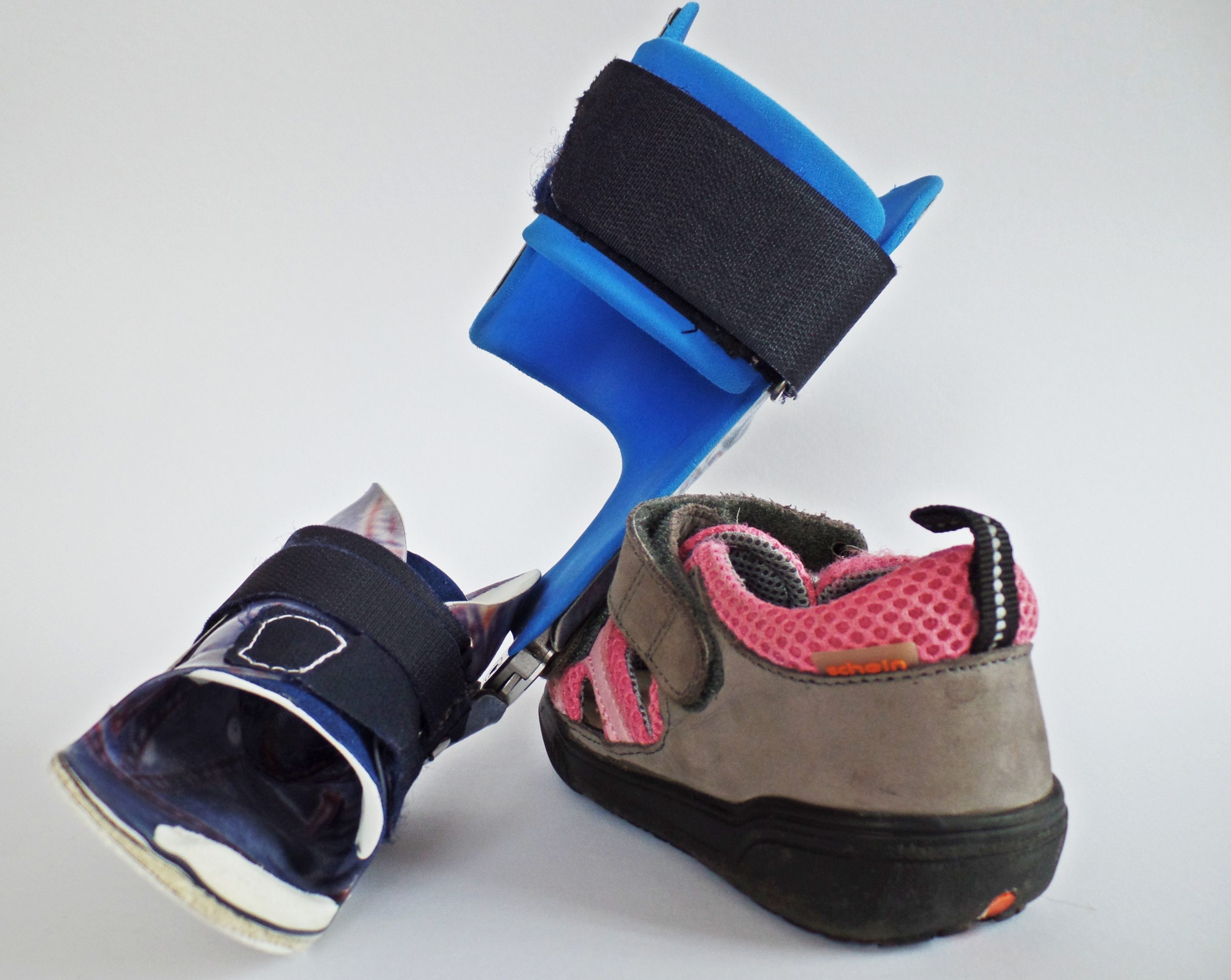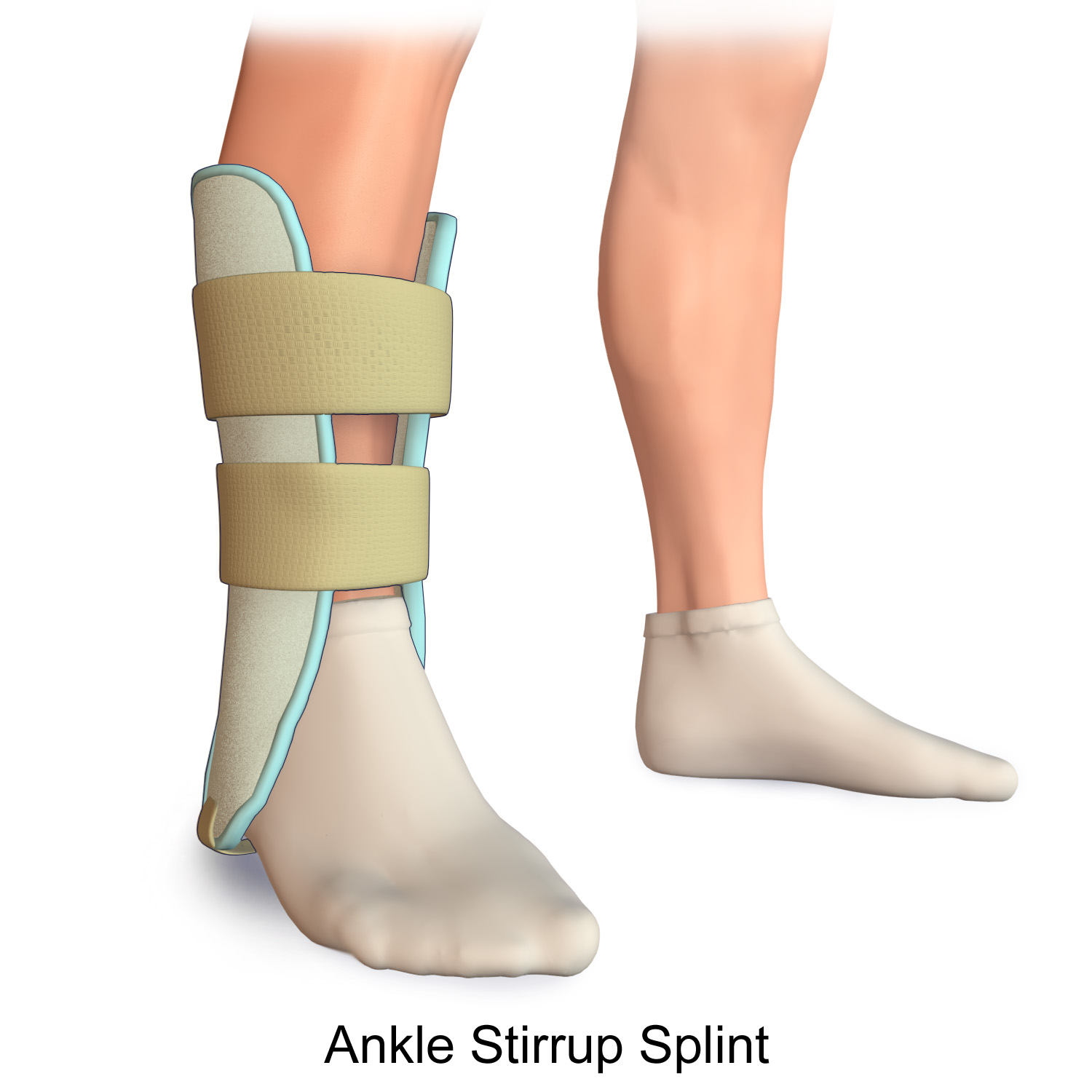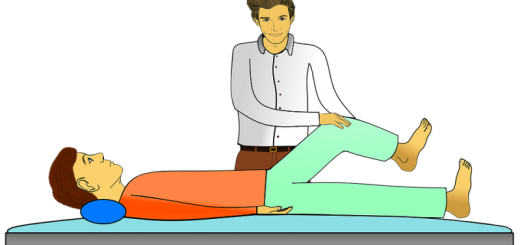2 Common Types of Orthotics: Toe Orthosis and Foot Splint
2 Common Types of Orthotics: Toe Orthosis and Foot Splint
Summary
– Toe orthosis: against foot deformities
– Correction and reduction of pain with the toe orthosis
– Foot splint: to maintain the joint
– Indications for the foot or ankle splint
– Foot splint: night restraints
– Making the foot splint: necessary measures
Depending on the foot pathology to be treated, a foot brace can take the forms of a toe brace or foot splint, which we will discuss in this post.
Toe orthosis: against foot deformities

Toe orthoses or orthoplastics are custom-made devices. You can wear these removable orthoses in shoes to reduce pain due to friction.
Made to measure by the practitioner following clinical examinations and measurements, they are indicated for foot deformities:
– hallux valgus or bunion of the foot: the big toe deviates towards the inside of the foot;
– quintus varus: the 5th toe goes over the 4th toe;
– claw toe;
– hammertoe…
Good to know: in the case of amputations, orthoses can replace missing toes.
Caution: Foot orthotics are contraindicated for people with fungus, foot infections and diabetics.
Correction and reduction of pain with the toe orthosis
The toe orthosis has two actions:
– it limits the evolution of the deformity and corrects it; it is the corrective orthoplasty;
– it protects and reduces the pain caused by certain foot pathologies (corns, hallux valgus, etc.); these are protective orthoses.
Important: they can also be mixed.
The postural orthosis of the toe
This type of orthosis is designed to force the toe(s) into a proper position in the shoe to avoid pain and rebalance the support points. And, in the long term, they can induce a correction of the toe’s posture even without the orthosis.
They are therefore intended for patients suffering from pathologies that are still at least partially reducible.
Protective toe orthosis
These orthoses are not intended to correct a deformity, either because this is impossible or because there is no need to do so. They are to protect irritated and painful areas but not to intervene at the source of the problem and reduce the deformity.
They are also used in cases of skin damage not related to foot deformities.
Foot splint: to maintain the joint
A splint is a device that helps maintain a joint or limb.
For the foot area, the splint is placed on the ankle or on foot itself.
It allows the limb to be contained for a determined period, according to the medical prescription and the opinion of the foot doctor.
Note: you can wear the foot splint permanently or intermittently as with night restraints.
Indications for the foot or ankle splint
The splint can be prescribed in different cases.
Ankle: sprain, fracture, etc.
Ankle splints are indicated in case of:
– sprains;
– fractures;
– tendonitis.
If the joint is affected:
– the splint allows to protect and maintain it, with a therapeutic aim;
– the tissues can be repaired in complete safety.
For the foot: hallux valgus, club foot and pain
They are indicated in cases of:
– hallux valgus or bunion:
◦ the big toe deviates towards the inside of the foot,
◦ the splint is worn preferably and at night to protect and maintain the toe in a good position;
– clubfoot: the splint allows to contain the correction of the deformity;
– fatigue and pain in the foot (analgesic purpose).
Foot splint: night restraints

As the name suggests, these are splints for the foot that are worn at night. They have the advantage of maintaining the foot in the desired position at all times, which is not possible during the day without being disabling for the patient. There are 2 types of night restraints:
– Active restraints: these are used to progressively correct foot deformities by applying a force to the targeted elements constantly.
– Passive restraints: These are used when it is not possible or necessary to correct the foot deformity. They are only used to relieve pain by placing the foot at rest.
Making the foot splint: necessary measurements
Foot splints are made according to the inclination of the foot.
They can maintain a flexion, a more or less pronounced inclination.
The doctor determines, according to the pathology encountered:
– the shape;
– the length;
– and the location of the splint.
Hope this post helps you determine which treatment you need. Please, remember to share and comment below.




2 Responses
[…] 2 Common Types of Orthotics: Toe Orthosis and Foot Splint. […]
[…] 2 Common Types of Orthotics: Toe Orthosis and Foot Splint. […]